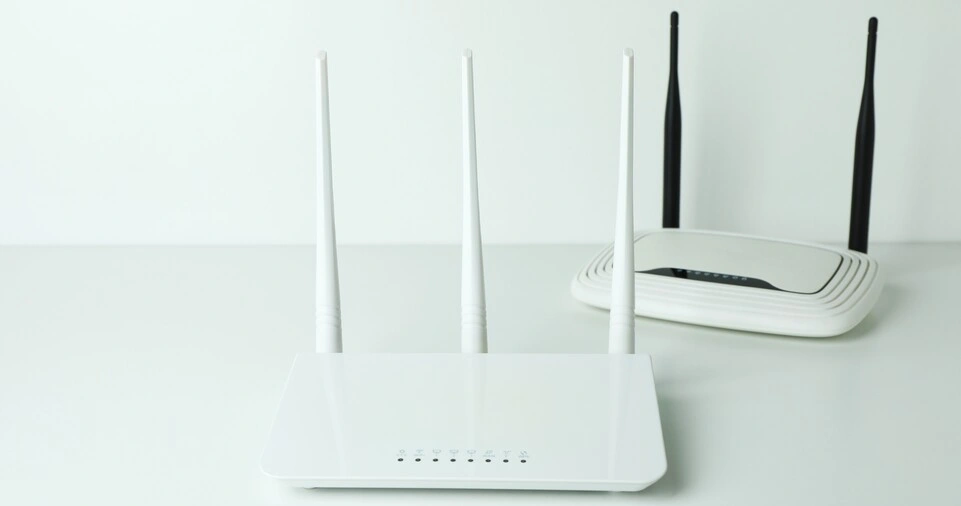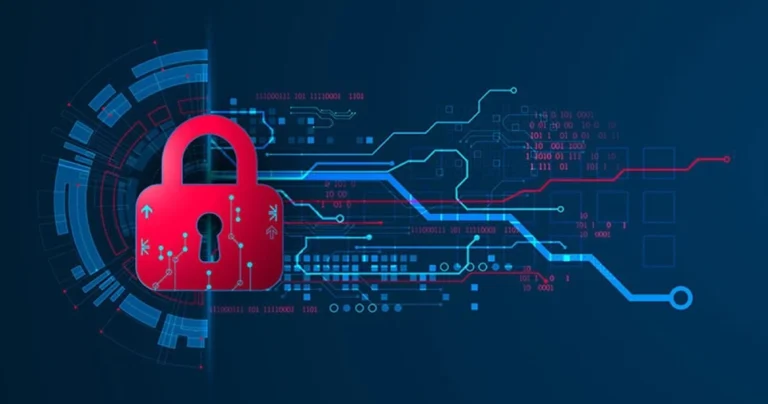In today’s digital age, the importance of data privacy and security cannot be overstated.
With the rapid expansion of online activities, including banking, social networking, and shopping, cyber threats have become more prevalent than ever.
Data breaches, identity theft, and malicious hacking attempts are constantly evolving, targeting individuals and organizations alike.
Protecting your personal information should be a top priority, as cybercriminals exploit vulnerabilities to gain unauthorized access to sensitive data, including financial details, login credentials, and browsing history.
Many internet users unknowingly expose themselves to risks by using weak passwords, failing to update their software, or falling victim to phishing scams.
Hackers use sophisticated tactics to bypass security measures, often targeting unsuspecting users.
Even major corporations with advanced security protocols have suffered breaches, underscoring the importance of taking proactive measures.
This comprehensive guide explores the most effective strategies to safeguard your online data, from using strong passwords and enabling two-factor authentication to encrypting data and avoiding risky online behaviors.
By implementing these best practices, you can significantly enhance your digital security and minimize the risk of cyber threats.
Use Strong Passwords
Why Strong Passwords Matter
Passwords serve as the first line of defense against cyber threats. Weak passwords can be easily cracked using brute-force attacks, dictionary attacks, or other hacking techniques.
Many users make the mistake of using common words, predictable patterns, or simple combinations, making it easier for hackers to gain unauthorized access to their accounts.
Tips for Creating Strong Passwords
- Use a Mix of Characters: Combine uppercase letters, lowercase letters, numbers, and symbols.
- Avoid Common Words and Patterns: Avoid using easily guessed passwords such as “password123,” “qwerty,” or your name.
- Create Unique Passwords for Every Account: Reusing passwords across multiple accounts increases vulnerability.
- Consider a Passphrase: A random phrase, such as “PurpleBanana$87!TreeSky,” is more secure than a single word.
- Use a Password Manager: Password managers generate and store complex passwords securely.
By following these guidelines, you can strengthen your passwords and reduce the risk of cybercriminals accessing your accounts.
Enable Two-Factor Authentication (2FA)
What is Two-Factor Authentication?
Two-factor authentication (2FA) adds an extra layer of security by requiring two forms of verification before accessing an account.
Even if a hacker obtains your password, they will still need the second authentication factor to gain access.
Types of 2FA
- SMS-Based Authentication: A one-time code is sent to your mobile phone.
- Authentication Apps: Apps like Google Authenticator, Authy, and Microsoft Authenticator generate time-sensitive codes.
- Biometric Authentication: Fingerprint, facial recognition, or iris scanning can be used for security.
- Hardware Security Keys: USB devices such as YubiKey provide the highest level of authentication.
Enabling 2FA across your accounts significantly reduces the likelihood of unauthorized access, making it an essential security practice.
Be Cautious with Public Wi-Fi

Dangers of Public Wi-Fi
Public Wi-Fi networks, available in cafes, airports, hotels, and public places, often lack proper security measures, making them vulnerable to cyberattacks.
Hackers use techniques like “man-in-the-middle” attacks to intercept data transmitted over these networks.
How to Stay Safe on Public Wi-Fi
- Avoid Accessing Sensitive Accounts: Never log into banking or personal email accounts while using public Wi-Fi.
- Use a VPN (Virtual Private Network): Encrypts your data and hides your online activities from potential attackers.
- Disable Auto-Connect: Prevent your device from automatically connecting to unsecured Wi-Fi networks.
- Use Secure Websites: Ensure sites use HTTPS encryption before entering sensitive information.
Using public Wi-Fi with caution can help prevent unauthorized access and data breaches.
ALSO READ: How to Start a Small Business with Minimal Investment
Keep Software and Devices Updated
Importance of Software Updates
Outdated software and operating systems contain security loopholes that hackers exploit to gain access to devices.
Regular updates patch these vulnerabilities, improving overall security.
Best Practices for Updates
- Enable Automatic Updates: Ensure your operating system, apps, and security software update automatically.
- Update Web Browsers and Extensions: Browser vulnerabilities can expose users to cyber threats.
- Download Updates from Official Sources: Avoid downloading software updates from untrusted websites.
Keeping your software updated ensures protection against newly discovered threats and security flaws.
Review App and Website Permissions
Risks of Excessive Permissions
Many apps and websites request unnecessary permissions, which can compromise your privacy.
Some apps collect data beyond what is required for functionality, putting users at risk.
How to Manage Permissions
- Review App Permissions Regularly: Check which permissions each app has access to and disable unnecessary ones.
- Limit Third-Party App Access: Avoid connecting apps to your social media accounts unless necessary.
- Use Privacy-Focused Apps: Choose apps that prioritize security and data protection.
By carefully managing permissions, you can prevent unnecessary data collection and protect your privacy.
Use Secure Browsers and Privacy Tools

Choosing a Privacy-Focused Browser
Not all browsers prioritize user privacy. Some browsers collect extensive data, while others offer enhanced privacy features.
- Brave Browser: Blocks trackers and ads by default.
- Mozilla Firefox: Offers customizable privacy settings.
- Tor Browser: Routes traffic through multiple servers for anonymous browsing.
Additional Privacy Tools
- Ad Blockers: Prevent invasive ads and tracking cookies.
- Private Search Engines: DuckDuckGo and Startpage do not track users like Google does.
- Script Blockers: Extensions like NoScript block malicious website scripts.
Using privacy-focused tools can minimize tracking and improve online security.
Be Careful with Phishing Scams
What is Phishing?
Phishing scams trick users into revealing sensitive information through fake emails, messages, or fraudulent websites designed to look legitimate.
How to Avoid Phishing Attacks
- Verify Email Senders: Double-check sender email addresses for inconsistencies.
- Hover Over Links Before Clicking: Ensure the URL is legitimate before clicking.
- Use Email Filtering Tools: Block known phishing domains and suspicious emails.
Being cautious about phishing scams can prevent identity theft and fraud.
Encrypt Your Data
Importance of Encryption
Encryption secures data by converting it into unreadable code, preventing unauthorized access.
How to Encrypt Your Data
- Use Encrypted Messaging Apps: Signal and WhatsApp offer end-to-end encryption.
- Encrypt Personal Files: Use tools like VeraCrypt to protect sensitive files.
- Enable Full-Disk Encryption: Encrypts your entire hard drive for added security.
Encryption ensures that even if your data is intercepted, it remains protected.
Regularly Monitor Your Online Accounts
Why Monitoring Matters
Monitoring your accounts helps detect unauthorized activity before it becomes a major issue.
Best Practices for Account Monitoring
- Enable Security Alerts: Receive notifications for suspicious login attempts.
- Check for Data Breaches: Use “Have I Been Pwned” to check for compromised accounts.
- Review Account Activity Regularly: Look for unfamiliar transactions or logins.
Frequent monitoring helps prevent cyber threats from escalating into major security breaches.
ALSO READ: How to Create a Balanced Diet Plan for Better Health
Conclusion
Protecting your data and privacy online requires continuous effort.
By using strong passwords, enabling two-factor authentication, securing public Wi-Fi connections, updating software, and encrypting your data, you can significantly reduce security risks.
Additionally, remaining vigilant against phishing scams and regularly monitoring online accounts will further enhance your digital safety.
Start implementing these best practices today to protect your personal information and ensure a secure online experience.

